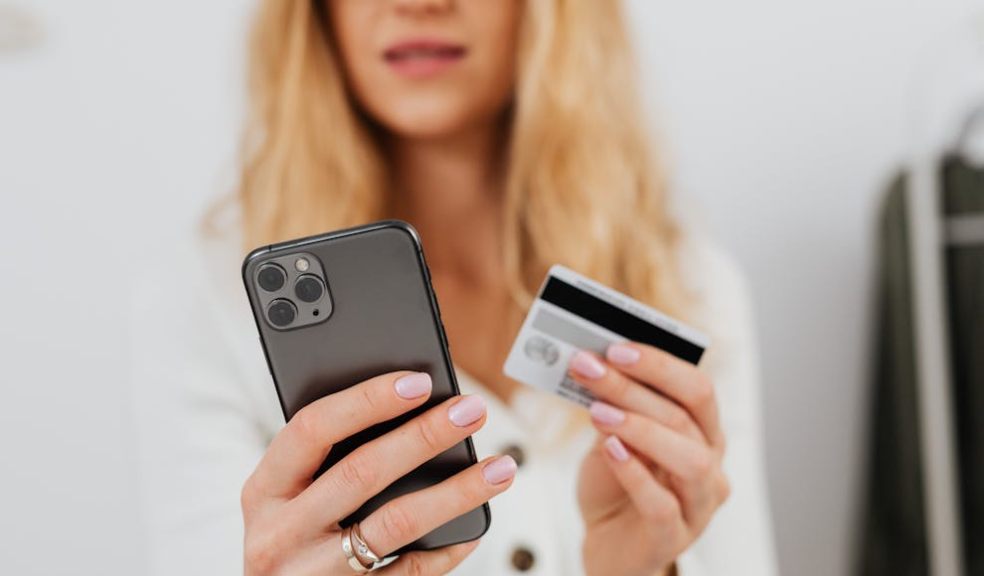
6 Emerging Retail Technologies to Drive High-Volume Customer Engagement
Retail has undergone a turbulent couple of years. Brick-and-mortar stores suffered drastic dips in sales during the pandemic, while thousands of newer businesses failed to launch in troubling economic times.
However, there are several reasons to be optimistic for the future if you’re in the retail industry. Technology is advancing at an accelerated pace, and its utility in retail is growing by the year. 76% of retailers upped their usage of digital technology as a result of the pandemic, and this is driving more innovations.
Here are six emerging retail technologies that you’ll want to use in coming years to drive higher levels of customer engagement.
-
Smart Inventory Management with Internet of Things (IoT)
Engaging with customers isn’t just about the interactions they have with your business; it’s also about the availability of your products.
The reality these days is that the businesses that cater for convenience are those that often come out on top. Think about Amazon's success as a delivery service; it’s unrivalled. Offering next-day and, in some cases, same-day delivery is so enticing that many consumers will shop exclusively on the site.
With IoT, you can improve your inventory management to make sure you’re always on top of customer demand and have the necessary stock to fulfil your orders. You can use the technology to monitor stocks in real-time and reduce your stockouts.
Nike Inc. applied for 12 patents which are directly related to Internet of Things, while Alibaba Group applied for 9 during the same period - a testament to the popularity of the technology in retail.
IoT also expands to the brick-and-mortar store, whereby you can use devices like sensors to track customer behaviour and preferences to refine your store layout and cater to their movements.
-
Chatbots for Personalised Interactions
AI chatbots allow you to handle multiple customer queries simultaneously and automate the process of responding to common questions.
In some ways, using chatbots in your business is like hiring customer service agents that work around the clock - for a fraction of the price of their human counterparts. Chatbots offer personalised assistance to customers and in the face of questions they can’t answer, can redirect them to the customer service team.
With chatbots in your business, you can serve your customers wherever in the world they are, and whatever time they wish to interact with you.
-
Next-Level Customer Experiences with AR
While it remains to be seen just how significant an impact augmented reality (AR) will have in the retail space, it’s entirely possible - and plausible - that we could see the technology being implemented on a global scale within a few years.
In some ways, it’s already started to take shape with immersive billboards in Times Square that seem to pop out of the screen, and the Apple Vision Pro promises to provide a fully realised virtual environment in your living room.
One of the biggest ways stores will be able to harness AR technology is in allowing their customers to “try on” clothes, shoes, and other accessories from their mobile apps. This can help consumers figure out the right size, colour, and fit for them without using a changing room.
-
Frictionless Purchases with Mobile Payment Solutions
As already mentioned, convenience is king for many customers, so the more frictionless an experience you can offer, the better. Offering mobile payment solutions is one of the best ways to streamline your payment process and give customers a convenient way to make a purchase.
According to Statista, there should be around 1.99 billion users in the mobile POS payments market by 2028. It’s not only the case that offering mobile payment solutions can streamline purchases, but in 2024, it’s almost a necessity so as not to alienate customers who are accustomed to paying for everything with their phone or app.
-
More Personalised Loyalty Programmes with Data Analytics
Whereas in the past, a loyalty programme may have been quite impersonal and generic, these days, there’s no excuse for not providing your customers with a highly personalised loyalty scheme.
With CRMs (customer relationship management), EPOS (point of sale), and other software solutions, it’s easier than ever to keep track of important customer information such as their purchase behaviour and preferences which you can use to build tailored loyalty programmes.
-
Streamlined Processes with AI
AI is the topic on most companies’ agenda in 2024 and beyond, and for good reason. According to Accenture, 91% of consumers are more likely to shop with brands that have relevant offers and recommendations.
There’s so much you can do with AI to streamline internal workflows, automate processes, and offer you more options for driving customer engagement.
For example, you can use AI and machine learning to provide more tailored shopping experiences to your customers based on historical data. You can use it to predict future trends and stay on top of what your customers want to increase satisfaction levels and keep retention high.

















